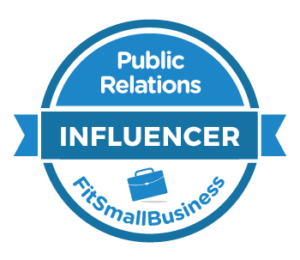Pete Blackshaw wrote a good article for ClickZ, Who owns the Influencer?
It echoes some of the broader points I have been making about the changing
shape of PR.
He makes the point that consumer generated media has resulted in the rise of
the consumer influencer (it would seem the same types of people that Tipping Point author Malcolm Gladwell venerates
as Connectors, Mavens and Salesmen, and Seth Godin calls Sneezers, Blackshaw refers to here
as “the loudmouths everyone hears and reacts to”), and poses the question “who owns
the consumer influencer?”
He stacks up the various types of agencies and corporate units – external relations (ER), market research, PR, IR, advertising,
digital – in terms of their abilities to influence these new influencers.
Of PR agencies, he says "the PR
community is laying claim with force and fury — and occasionally some
controversy — to the expanded role of consumer influencers. Like ERs,
PR firms historically owned traditional influencers, but now they have
a unique opportunity to drive more business from other parts of the
marketing mix."
In terms of where things are going, he says:
"PR, advertising, and digital firms start to morph.
If consumer influencers are the new advertisers and message creators,
does the division between advertising and PR really make sense?
Communication is communication. Why should clients service silos when
they can have one-stop shopping anchored to the consumer’s voice?"
While it may be true that the traditional PR agency needs to adapt and change, I do
not agree with this assessment, and that “communication is communication.”
Although the growing
influence of and loudness of the voice of the consumer cannot be ignored, all is not anchored to the consumer voice. Let’s not so quickly and conveniently forget all the other media.
As I previously wrote on the Fusion Blog in The Web 2.0 Press Release: An Oxymoron?: "Ironically,
as the message needs to be made simpler, the language more direct, compelling
and informal, issues and online conversations need to be tracked and engaged,
we as communications professionals are needed more than ever. But we need to wake up to the fact (just like
traditional media) that the times and means of communicating have changed and
adapt. We need to change our tactics and
tools."
We as a profession need to continue what we have historically been good at
and find ways to extend these skills into the new and evolving communications landscape.
PR has traditionally been the province of conversations, tracking issues and
responding to trends. We are all about
words and narrative. This should be a
perfect opportunity to engage consumers and consumer influencers in conversations and respond to their
wishes wants and desires.
The question is, how?
Stay tuned for more on this.


